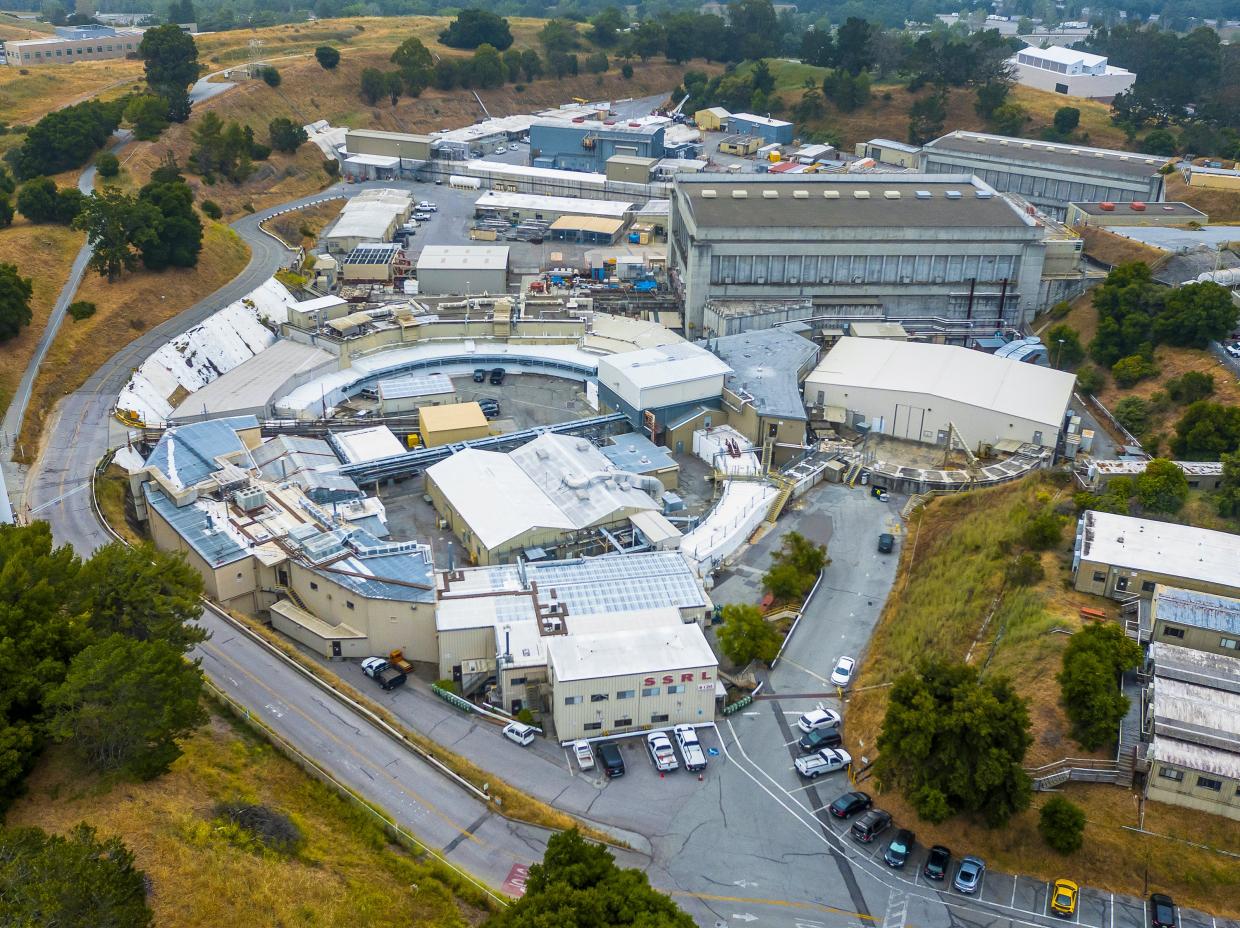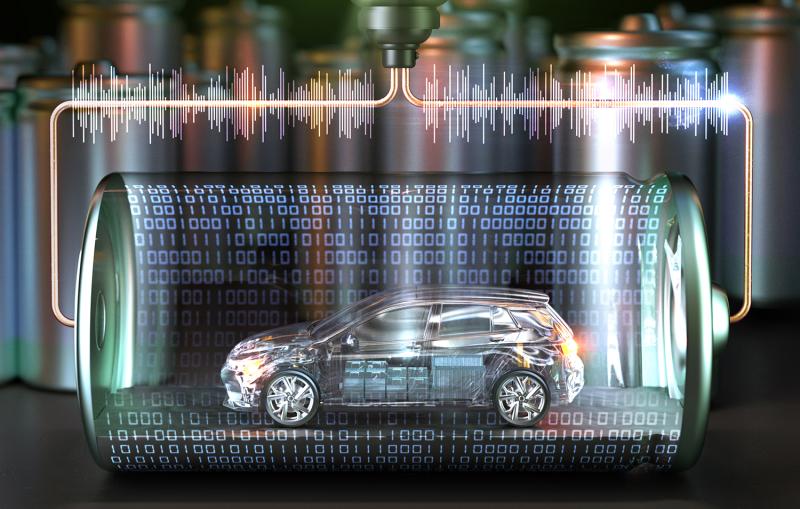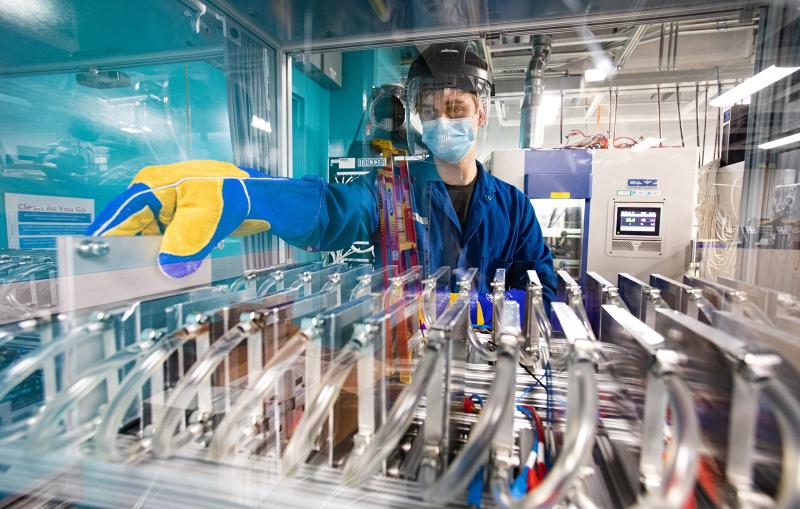SSRL and LCLS Host 2021 Users’ Meeting
Scientists who perform experiments at SLAC’s lightsources gathered online for research talks, workshops and discussions.

More than 1,200 researchers from 45 countries and six continents attended this year’s SSRL/LCLS Annual Users’ Meeting, held Sept. 20-24, to present research, participate in workshops and discuss the work they’ve done at SLAC’s Stanford Synchrotron Radiation Lightsource (SSRL) and Linac Coherent Light Source (LCLS).
For the second year, the meeting was held online because of the pandemic. “I hope we can have a hybrid event next year,” said Elisa Biasin, a research scientist at Pacific Northwest Labs and SLAC, who helped organize this year’s meeting. “Seeing each other in person would be great, but it's also good to give people who cannot travel the possibility to participate and learn about the exciting science and transformations going on at LCLS and SSRL.”
As DOE Office of Science user facilities, SSRL and LCLS are open to scientists around the world for experiments that use extremely bright X-rays to probe matter and ultrafast atomic-scale processes, shedding light on everything from battery materials to the interiors of planets and stars.
Meeting sessions covered the latest scientific research and current and future tools available at these facilities as well as broader issues in science, including advances in remote experimentation spurred by pandemic travel restrictions and, for the first time, how to increase diversity, equity and inclusion in scientific research groups.
The meeting was also the occasion for announcing annual LCLS and SSRL awards, including Aditya Sood (LCLS Young Investigator Award), Ilya Belopolski (William E. and Diane M. Spicer Young Investigator Award), Aisulu Aitbekova (Melvin P. Klein Scientific Development Award) and Riti Sarangi (Farrel W. Lytle Award).
The event was organized by local and scientific organizing committees that included LCLS User Program Manager Leilani Conradson, SSRL Structural Biology and Cryo-EM User Program Manager Lisa Dunn, LCLS Program Coordinator Paul Jones, SSRL User Program Manager Cathy Knotts, LCLS User Logistics Administrator Brittany Lemesh, Hauptman-Woodward Medical Research Institute President Edward Snell, LCLS User Program Support staff member Jessica Troxel, LCLS scientist Hasan Yavas, Biasin, University of Saskatchewan Canada Research Chair Graham George and SLAC staff scientist Kevin Stone.
Contact
For questions or comments, contact the SLAC Office of Communications at communications@slac.stanford.edu.
SLAC is a vibrant multiprogram laboratory that explores how the universe works at the biggest, smallest and fastest scales and invents powerful tools used by scientists around the globe. With research spanning particle physics, astrophysics and cosmology, materials, chemistry, bio- and energy sciences and scientific computing, we help solve real-world problems and advance the interests of the nation.
SLAC is operated by Stanford University for the U.S. Department of Energy’s Office of Science. The Office of Science is the single largest supporter of basic research in the physical sciences in the United States and is working to address some of the most pressing challenges of our time.





